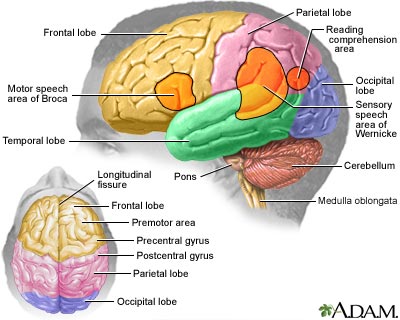
The scientists next used similar techniques in the thalamus, which previous studies suggested plays a role in attention. Taken together, these findings challenge the notion that the PFC influences attention by directly affecting circuits in these sensory cortices. Similarly, silencing neurons in the auditory cortex only affected sound-related performance. When the team silenced neurons in the visual cortex, which processes visual information, only visual performance of the cues was affected-and only at the time the cues were presented, not before as with the PFC. These errors depended on the cross-modal nature of the task, as perturbing PFC activity in a visual-only version of the task had no effect on performance. The researchers found that when they optogenetically silenced neurons in the PFC before the cues were presented, the mice made more errors choosing the appropriate cue.

This is called a cross-modal task, as it relies on 2 senses. The mice needed to use the right cue and ignore the irrelevant one in order to choose the correct door and get their reward. The team trained mice to listen for distinctive tones that informed them whether to then pay attention to a light or a sound to figure out which of 2 ports hid a reward. The results were published in Nature on October 29, 2015. The work was partially funded by NIH’s National Institute of Neurological Disorders and Stroke (NINDS) and National Institute of Mental Health (NIMH). Michael Halassa of New York University used a light-based technique called optogenetics to activate and inhibit specific brain regions in mice. To investigate these ideas, a research team led by Dr.

Some have proposed that a brain region called the thalamus filters out irrelevant sensory inputs, while another common theory suggests that PFC neurons directly interact with the brain’s sensory cortical areas to modulate attention. Scientists have long believed that a brain region called the prefrontal cortex (PFC) selects what information to focus on, but how this happens is unclear.

Many neurological disorders-including schizophrenia, autism, and attention deficit hyperactivity disorder-involve problems concentrating and ignoring distractions. The brain receives lots of sensory information and must choose what to focus on and what to ignore. The researchers designed experiments to understand the brain circuits that mice use to focus their attention on either light or sound.


 0 kommentar(er)
0 kommentar(er)
